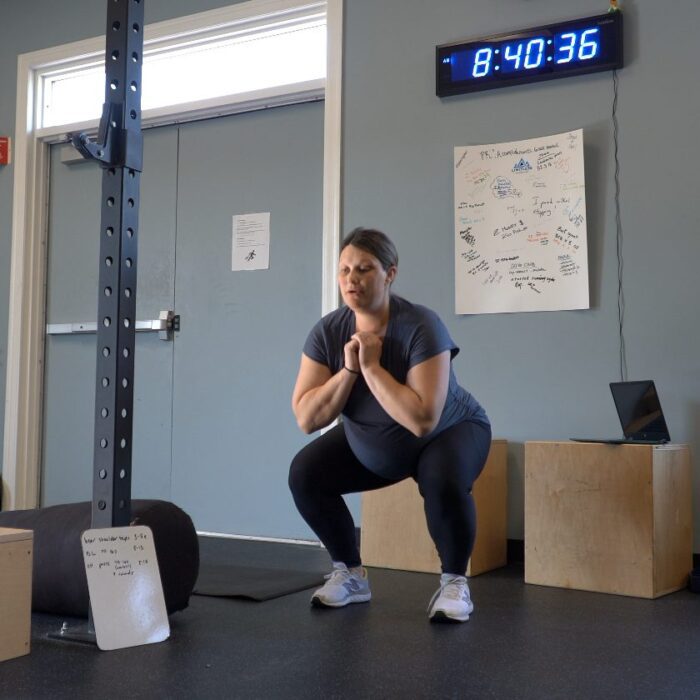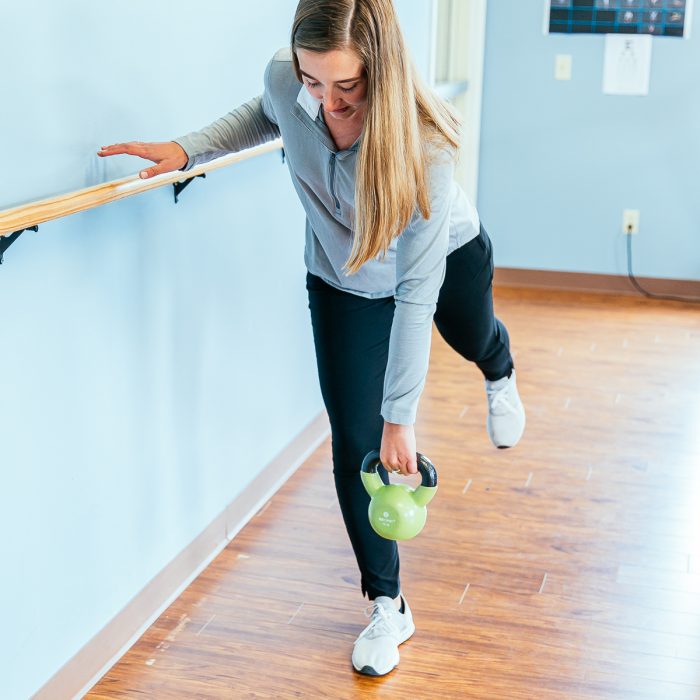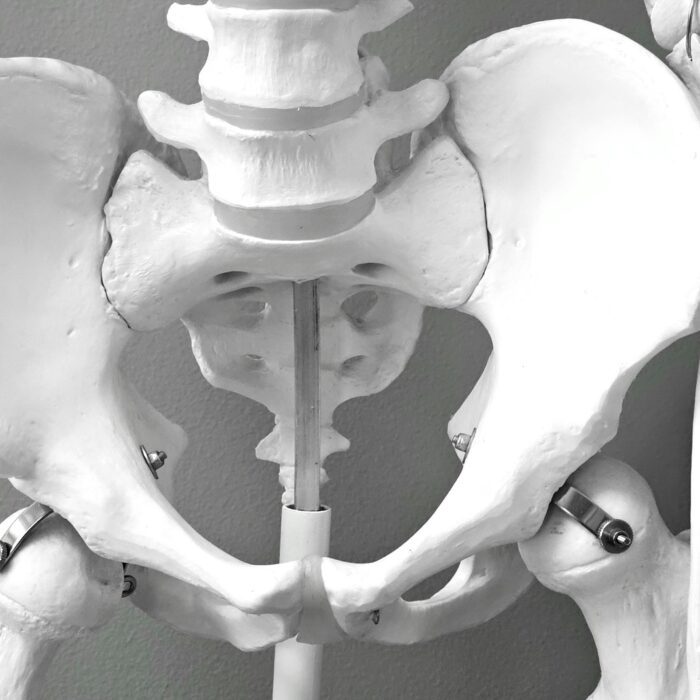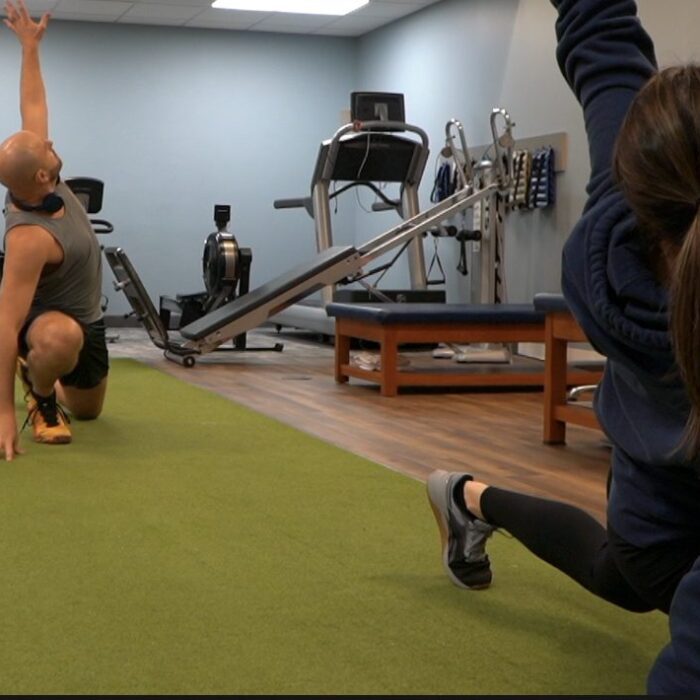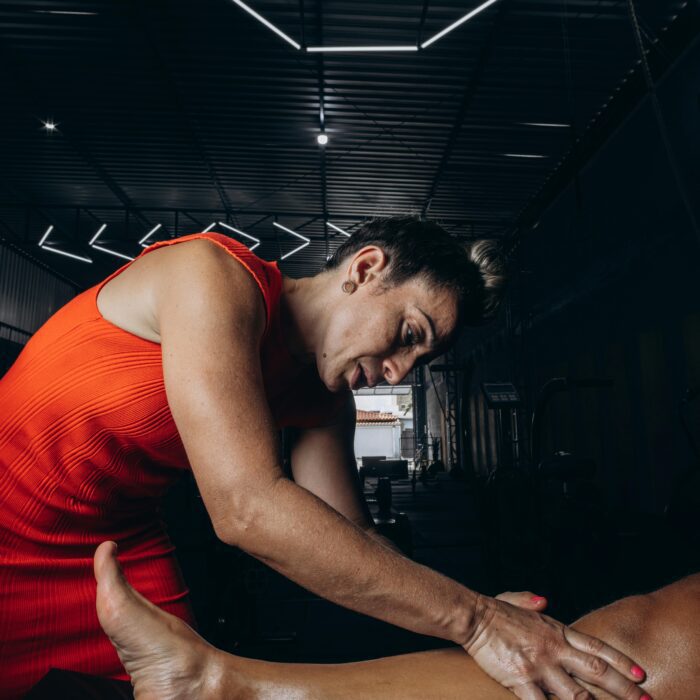With Physical Therapy, Pain Relief Doesn’t Have to be relieved by opioids!
Pain can substantially affect your ability to engage in even basic daily activities. You may feel that taking opioids to relieve the pain is your only choice.
There are other options available, including physical therapy, that can help you live a pain-free life.
Are you taking opioids to relieve pain? The National Institutes of Health states that the number of adults in the United States suffering from pain related health conditions has dramatically increased in recent years.
Call our office to learn more about how we can help you reduce or completely eliminate your opioid use.
Opioid use, explained
Opioids are a group of pain medications that work by attaching to opioid receptors in the brain. The perception of pain is then dulled or eliminated.
They are also classified as narcotics. Sometimes opioids are prescribed for pain when recovering from an injury or after a surgical procedure. There are several types of opioids that are often prescribed for pain.
- Fentanyl
- Morphine
- Oxycodone
- Codeine
These are also sometimes sold under brand names such as OxyContin, Vicodin, and Percocet. They can be administered in a variety of ways.
They are often taken in pill form but can also be taken by IV, an injection, nasal sprays, skin patches, or even as lozenges.
It's extremely important that opioids, no matter what type or brand, only be taken as directed under a doctor's supervision. While they may temporarily eliminate physical pain, they aren't ideal for long-term use.
So, why are opioids so troublesome?
You may have been in an accident that left you experiencing chronic pain. Certain health conditions may also increase the likelihood of recurring pain.
While opioids are effective for treating pain, they have the potential to be highly addictive. The longer these medications are used, the greater the tolerance an individual has for them.
When an individual takes greater amounts of an opioid to receive the same effects, this can increase the risk of overdose.
Side-effects and symptoms of opioid use include nausea, constipation, and sleepiness. Long-term symptoms related to excessive opioid use could include impaired memory, inability to concentrate, or increased drowsiness.
Individuals may experience increased cravings for the medication when they stop taking it. Life-threatening symptoms associated with an overdose may include slowed heart rate, shallow breathing, and unconsciousness.
What if I have arthritis?
It is fairly common for people who suffer with arthritis pain to resort to expensive surgery, steroid injections, and prescription medications to cope with their pain. Sometimes, these treatments can actually benefit patients with severe arthritis. More often than not, the better route to go involves physical therapy and natural treatments.
Arthritis does not discriminate either, and although it tends to be found often in elderly patients, it can affect anyone at any age. According to a study on JAMA, “[rheumatoid] arthritis (RA) occurs in about 5 per 1000 people and can lead to severe joint damage and disability.” Arthritis is also one of the top causes for disability in America. If left untreated by a professional, patients suffering with arthritis can experience extremely painful symptoms for long periods of time.
If you want to learn more about how physical therapy can benefit you and decrease your arthritis pain, give our office a call today.
What can a physical therapist do?
It's always better to treat the source of pain than to mask it or simply treat symptoms. A physical therapist may be able to help you reduce or even eliminate the amount of pain you're experiencing.
This can help you reduce your reliance on opioids. Whether your pain is the result of an injury or a medical condition, a physical therapy treatment program may be able to help. A therapist can evaluate your individual condition and create a program designed to treat your specific needs.
According to Move Forward, there are several specific ways physical therapy can reduce pain. A therapist can prescribe exercises to improve muscle tone, increase flexibility, and help you move more effectively, which can all help reduce pain.
Manual therapy and dry needling may be able to ease pain in your joints and soft tissues. Physical therapy can also be used before and after a surgical procedure to eliminate any potential pain.
Find the relief you need with physical therapy
Contact us to learn more about how physical therapy can reduce your pain and eliminate your need for opioid medication.
Sources:
- https://www.moveforwardpt.com/resources/detail/how-physical-therapists-manage-pain
- https://www.nih.gov: "two-decades-data-reveal-overall-increase-pain-opioid-use-among-us-adults"

